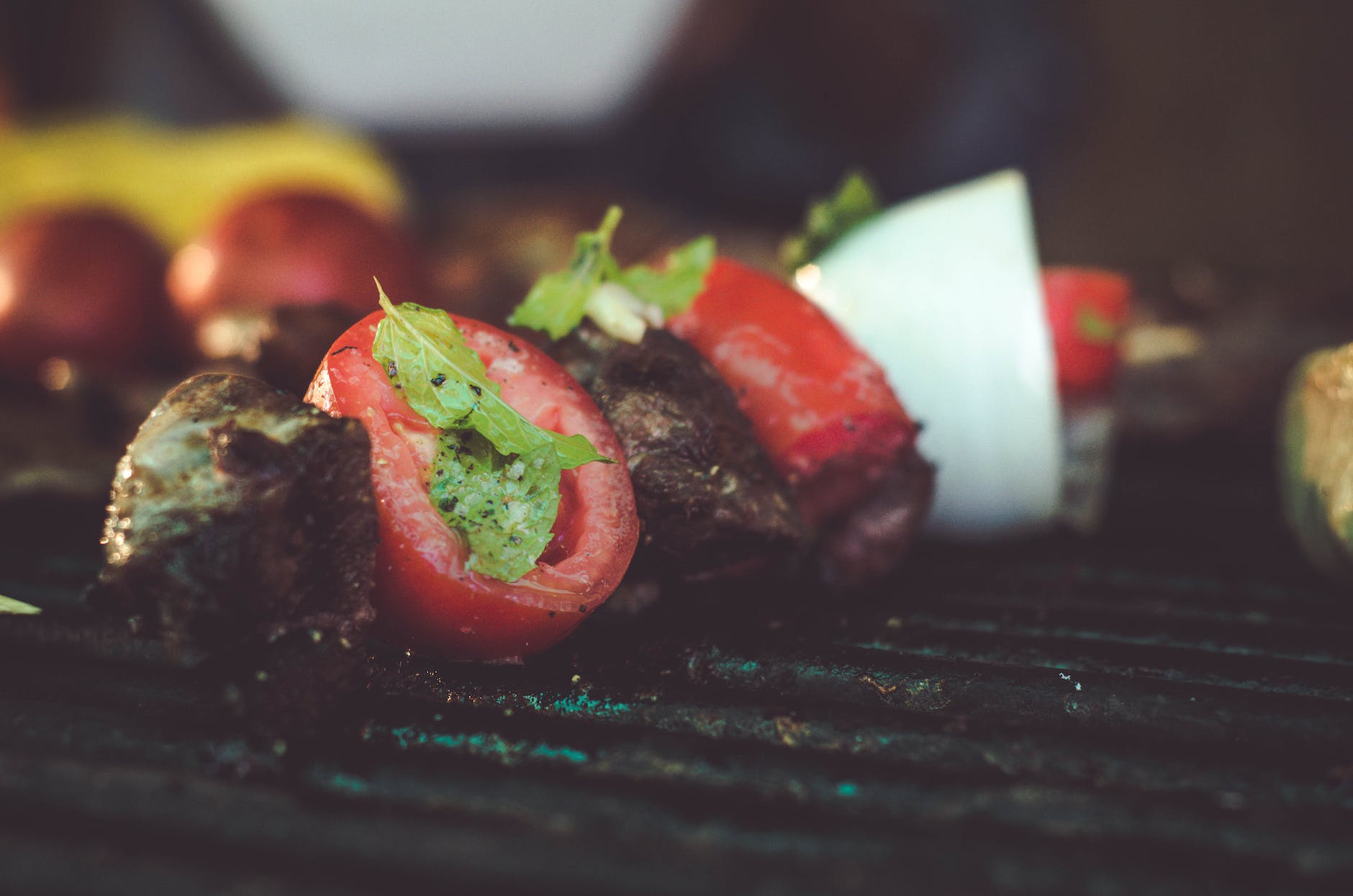Introduction
جدول المقالة
Saudi Arabia is a land of rich traditions, cultural diversity, and mouthwatering cuisine. Among the myriad flavors and dishes that adorn the Saudi Arabian culinary landscape, one meat stands out as the reigning favorite: lamb. In this essay, we will delve into the reasons behind the popularity of lamb in Saudi Arabia, exploring its cultural significance, the role it plays in daily life, and the various delicious dishes that showcase its versatility.

Cultural Significance of Lamb
What is the most popular meat in Saudi Arabia Lamb holds a special place in Saudi Arabian culture, deeply rooted in the country’s history and traditions. Its significance can be traced back to the days of the Bedouin nomads who roamed the Arabian Peninsula, where sheep and goats were their primary sources of sustenance. Even today, lamb is an essential part of various celebrations, such as weddings, Eid festivals, and other special occasions.
Eid Al-Adha: The Feast of Sacrifice
Eid Al-Adha, also known as the “Festival of Sacrifice,” is one of the most important celebrations in Islam, marking the end of the Hajj pilgrimage. During this festival, families sacrifice animals, with lamb being the most common choice. This practice is a symbolic representation of Prophet Ibrahim’s willingness to sacrifice his son, Isma’il, in obedience to God’s command. The meat is then distributed among family, friends, and the less fortunate, creating a sense of unity and communal sharing.
Wedding Celebrations
What is the most popular meat in Saudi Arabia
Weddings in Saudi Arabia are grand affairs, and lamb is the star of the feast. Lavish spreads of lamb dishes are prepared to celebrate this significant life event. The cultural significance of lamb in weddings lies in its symbolism of abundance, prosperity, and the sharing of blessings with the newlyweds.
Social and Religious Gatherings
Lamb is a staple at various social and religious gatherings, where it is prepared with love and care. Whether it’s a family gathering, a neighborhood get-together, or a religious event, lamb dishes are prepared with meticulous attention to detail and shared generously, strengthening bonds and promoting a sense of community.
Daily Life and Cuisine
Lamb’s popularity in Saudi Arabia extends beyond special occasions; it plays a central role in daily life and cuisine. The country’s traditional dishes, as well as modern adaptations, make ample use of this succulent meat.
Traditional Dishes
Mandi: A fragrant and flavorful dish, Mandi features tender lamb cooked with a blend of aromatic spices, saffron, and basmati rice, often slow-cooked in an underground clay oven. This dish is an integral part of Saudi cuisine, known for its exquisite taste and rich cultural heritage.
Kabsa: Kabsa is another beloved Saudi Arabian dish, characterized by a blend of spices and basmati rice, topped with tender lamb. It is served with a flavorful tomato sauce and is enjoyed in both traditional and modern settings.
Samboosa: These savory pastries, similar to samosas, are often filled with a mixture of minced lamb, spices, and vegetables. They are a popular snack and appetizer throughout the country.
Shawarma: While traditionally made with beef or chicken, lamb shawarma is a favorite street food, enjoyed by people of all ages. Slices of marinated, spit-roasted lamb are served in pita bread or flatbreads, garnished with various sauces and toppings.
Modern Variations
In addition to traditional dishes, modern Saudi cuisine has incorporated lamb into various adaptations to cater to diverse tastes. Fast-food restaurants, upscale eateries, and international food chains offer lamb-based items such as lamb burgers, lamb wraps, and lamb biryani, providing options for those seeking a fusion of flavors.
Lamb Farming and Production
Saudi Arabia’s diverse landscapes and climates make it conducive to livestock farming, with lamb being a primary focus. The country has made significant advancements in lamb production, ensuring a steady supply of high-quality meat.
Livestock Farming
Saudi Arabia has established numerous modern livestock farms, where sheep and goats are raised to meet the growing demand for lamb. These farms use advanced breeding and feeding techniques to ensure the health and quality of the animals.
Local Sourcing
Many families in rural areas continue to raise their own sheep and goats, contributing to the local supply of lamb. This practice reflects the strong connection between the people and their food, as well as the preservation of traditional farming methods.
Health Benefits of Lamb
Lamb’s popularity in Saudi Arabia is not solely due to its cultural significance and delectable taste; it is also appreciated for its nutritional benefits. Lamb is a rich source of essential nutrients such as protein, vitamins (B12, B6, niacin), and minerals (zinc, selenium, iron), making it a valuable part of the Saudi diet.
The moderate consumption of lamb can support overall health by providing necessary nutrients and energy. Its high protein content helps in muscle development and repair, while its iron content aids in preventing anemia. The B-vitamins in lamb contribute to proper metabolism and brain function.
Conclusion
In Saudi Arabia, lamb is not just a meat; it is a cultural symbol, a culinary delight, and a daily source of nourishment. Its cultural significance is deeply embedded in the traditions and rituals of the country, from religious celebrations to family gatherings. The versatility of lamb is showcased in the rich tapestry of traditional and modern dishes that grace the Saudi dinner table. The continued commitment to lamb farming and production ensures a steady supply of high-quality meat, while the nutritional benefits of lamb contribute to the overall well-being of the population.
The popularity of lamb in Saudi Arabia is a testament to the deep-rooted connection between food, culture, and community. As Saudi Arabia continues to evolve, one thing remains constant: the love for lamb, a culinary treasure that has stood the test of time.
